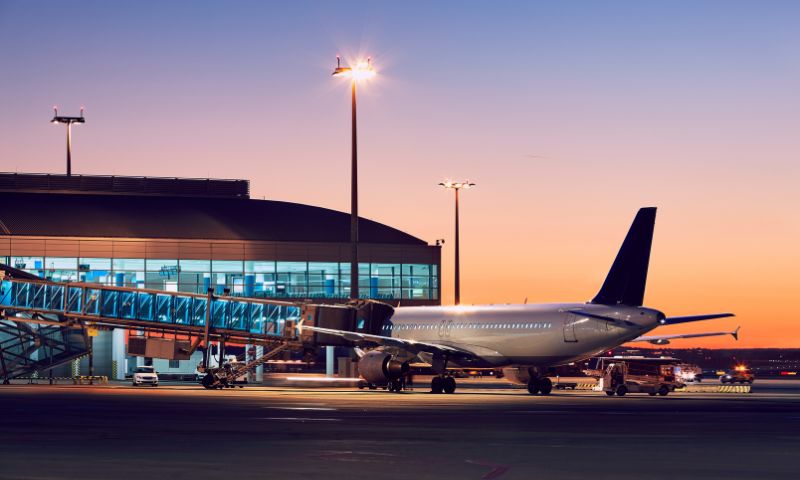Building an Airport: Everything You Need to Know

Airports help connect people and businesses to local and global communities alike. Whether big, small, private, or public, all airports start in the construction phase. If you’re building an airport, here’s everything you need to know.
Choose the Location Carefully
Choosing the right location for your airport is pivotal. It must accommodate the physical requirements of runways and taxiways while also considering noise regulations and environmental impact. Essentially, the location must contribute to safety and minimal disruption to local communities. A thorough analysis of land availability, soil stability, and local weather patterns is also indispensable to ensure sustainable airport operations.
Build Airplane Storage and Maintenance Facilities
Hangars house aircraft and serve as sites for regular maintenance, repairs, and safety checks. Hangars require special construction considerations to meet specific aircraft needs, accounting for wingspan and height restrictions. These facilities also need the necessary infrastructure to support maintenance operations, including tool storage, parts inventory, and office space for technical staff.
Make a Smooth and Safe Runway
No airport can function without a well-designed runway. The runway must be long enough to accommodate the take-off and landing requirements of the expected aircraft types and built to withstand heavy weights and repeated impacts. Runways need a smooth surface and proper drainage and must be free of wildlife and debris. Moreover, your runway design should anticipate future growth in traffic volume and possibly larger aircraft visiting your airport.
Navigate the Regulatory Maze with Care
Building an airport involves navigating a maze of regulations. You must comply with local and national building codes and with aviation-specific regulations that govern everything from airspace to ground traffic. If you’re building in the US, the Federal Aviation Administration should be your go-to source for these rules and measures for compliance.
You will likely need the necessary environmental clearances, safety certifications, and permissions for the structures you plan to build. Early consultation with aviation authorities can provide valuable guidance and prevent costly delays in your airport’s construction schedule.
Building an airport is no easy task. But with everything you need to know now under your belt, you can create an aviation hub that is both functional and future-ready.
Would you like to receive similar articles by email?


